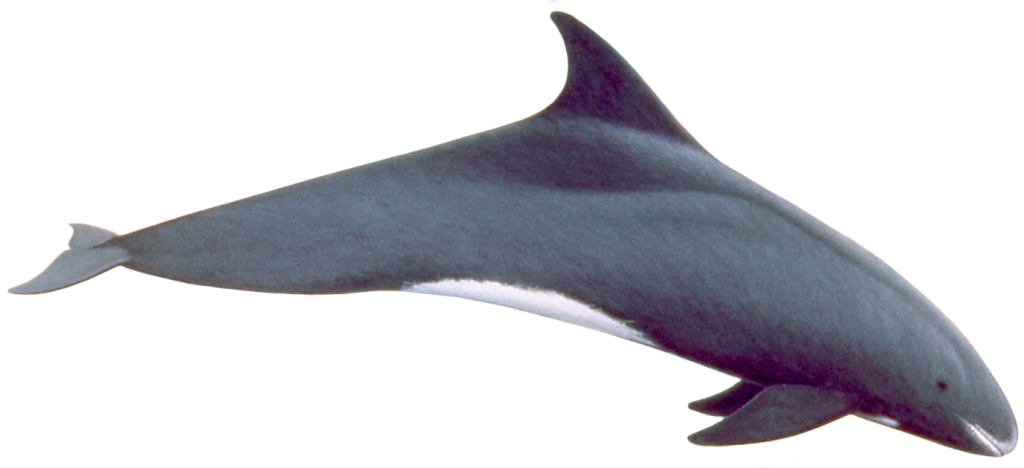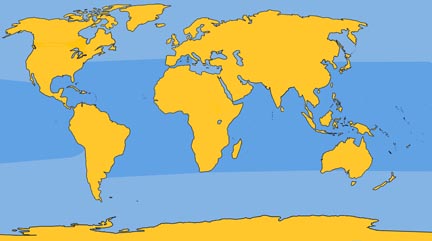 Family: Delphinidae
Family: Delphinidae
Genus: Feresa
Species: F. attenuata Gray, 1874
At sea, the pygmy killer whale is often mistaken for the similar melon-headed whale. It is, however, a smaller dolphin with relatively large, rounded flippers somewhat like those of the killer whale from which it takes its name.
Although most dolphins feed exclusively on fish and squid, there have been unconfirmed reports of pygmy killer whales attacking other species of dolphins.
In captivity, this animal has displayed a marked aggressiveness toward humans and provoked fear reactions in other dolphins. One particular specimen, kept alive for several weeks at Sea Life Park in Hawaii, behaved aggressively from the moment of its capture, taking every opportunity to snap at anyone within its range. After it became accustomed to captivity it allowed divers into its tank, but warned them against approaching too closely by snapping its jaws repeatedly.
Observations, both in captivity and in the wild, show that this animal has the ability to extend its eyes out from the sockets to look behind itself. Although pygmy killer whales are avid bow-wave riders, they maintain their distance from divers who attempt to approach them, preferring to approach on their own terms.
Physical Description: Very similar to the melon-headed whale with only subtle visible physical differences. The upper jaw slightly overhangs the lower
Color: Dark dorsal region; the ventral regions may be dark, matching the dorsal regions, or may be lighter, depending on the individual. The ridges, at least, of both jaws are white.
Fins and Flukes: The large, triangular dorsal fin s slightly falcate. Flippers are proportionally large, paddle-shaped, and rounded much like those of the killer whale. The flukes are well defined and rounded at the tips, with a definite median notch.
Length and Weight: The pygmy killer whale reaches 7 to 8 ft (2.1 to 2.4 m) and exceeds 350 lb (160 kg).
Teeth: 10 to 13 are found on each side of the upper and lower jaws.
Feeding: The diet includes squid and small fish.
Breathing and Diving: Although the individuals of a herd are often observed submerging and rising in unison, little else is known about breathing and diving patterns.
Mating and Breeding: No information is available.
Herding: A specimen in captivity at Sea Life Park, Hawaii, was taken from a herd of about 50, although herds of several hundred have been observed.
Distribution: Tropical and temperate waters of the Atlantic, Indian, and Pacific oceans.
Migration: No information is available.
Natural History Notes: They have been observed swimming with Fraser’s dolphins. In Hawaii, they have been seen swimming with humpback whales.







